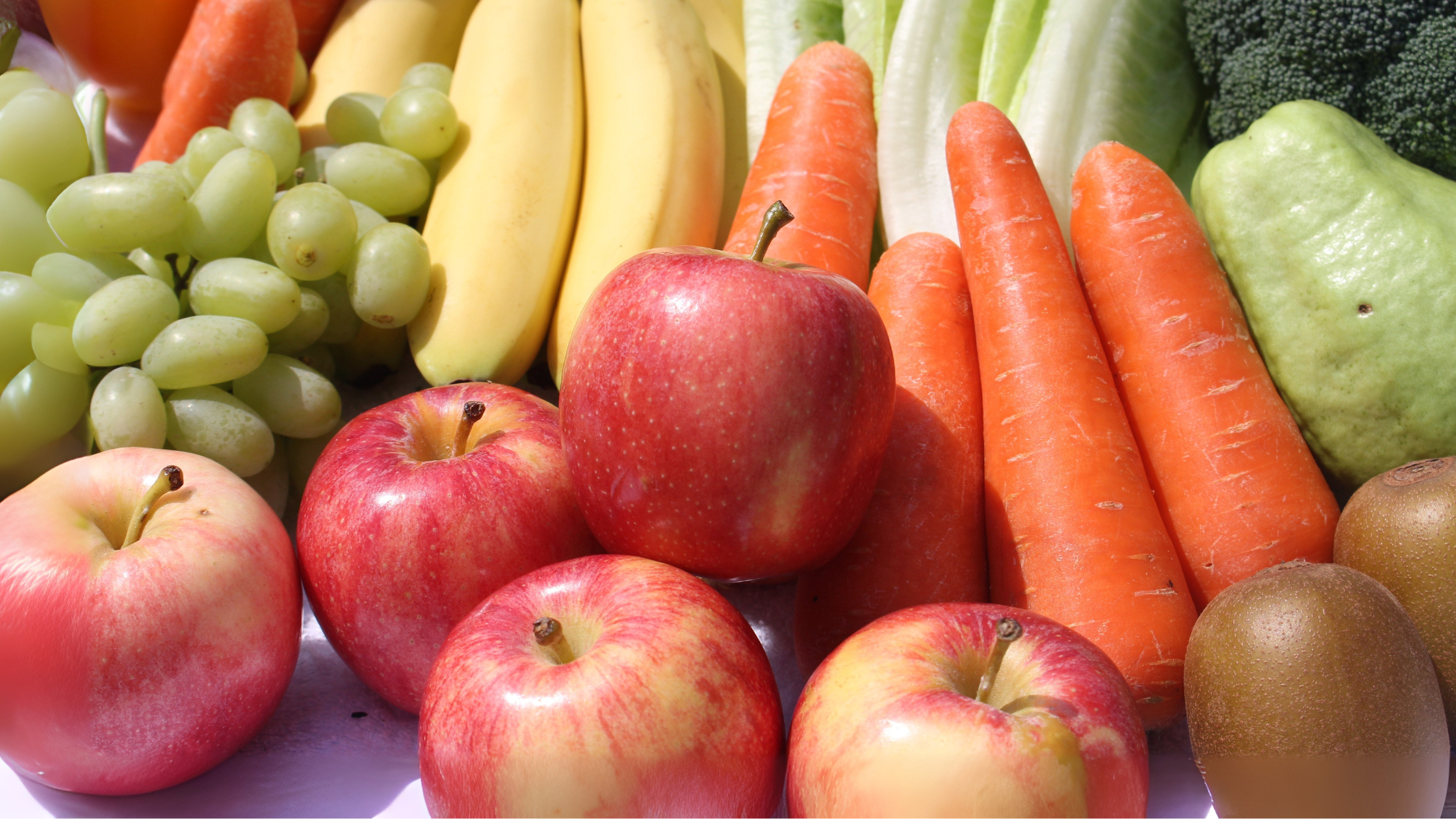Welcome to Day 27 of our 100-Day Japanese Challenge, designed for adult English speakers diving into learn Japanese for beginners!
On Day 26, we mastered animal counters like ひき (hiki) and promised to explore more advanced counters for objects.
Today, we’re focusing on the core JLPT N5 counters つ (tsu), にん (nin), and こ (ko), building on Day 14’s introduction to deepen your skills with あります (arimasu, “there is/are” for non-living things, or people for にん).
Through a conversation-based activity, you’ll practice these counters in real-world scenarios like shopping or describing your surroundings—perfect for JLPT N5 prep.
Key N5 Counters: つ, にん, こ
Here are the core JLPT N5 counters, with number readings for 1–10:
| Number | Standard Reading | つ (tsu) (General) | にん (nin) (People) | こ (ko) (Small Objects) |
|---|---|---|---|---|
| 1 | いち (ichi) | ひとつ (hitotsu) | ひとり (hitori)* | いっこ (ikko) |
| 2 | に (ni) | ふたつ (futatsu) | ふたり (futari)* | にこ (niko) |
| 3 | さん (san) | みっつ (mittsu) | さんにん (sannin) | さんこ (sanko) |
| 4 | よん (yon) | よっつ (yottsu) | よにん (yonin) | よんこ (yonko) |
| 5 | ご (go) | いつつ (itsutsu) | ごにん (gonin) | ごこ (goko) |
| 6 | ろく (roku) | むっつ (muttsu) | ろくにん (rokunin) | ろっこ (rokko) |
| 7 | なな (nana) | ななつ (nanatsu) | しちにん (shichinin) | ななこ (nanako) |
| 8 | はち (hachi) | やっつ (yattsu) | はちにん (hachinin) | はっこ (hakko) |
| 9 | きゅう (kyuu) | ここのつ (kokonotsu) | きゅうにん (kyuunin) | きゅうこ (kyuuko) |
| 10 | じゅう (juu) | とお (too) | じゅうにん (juunin) | じゅっこ (jukko) |
*Note: にん uses ひとり (hitori) and ふたり (futari) for 1 and 2, which are irregular.
Key Notes:
- つ (tsu): General counter for miscellaneous objects (e.g., books, cups). Example: ほん が みっつ あります (hon ga mittsu arimasu, “There are three books”).
- にん (nin): For counting people. Example: ひと が さんにん います (hito ga sannin imasu, “There are three people”). Uses います, not あります.
- こ (ko): For small, tangible objects like apples or candies. Example: りんご が さんこ あります (ringo ga sanko arimasu, “There are three apples”).
- Pronunciation shifts (e.g., いち → いっこ, さん → みっつ) make speech smoother.
For JLPT N5, these counters are essential, and we’ll practice them in conversations with quantities of one or more.
Let’s Have a Conversation: Using N5 Counters
Let’s practice つ, にん, and こ with あります (or います for にん) in real-world conversations, building on Day 24’s existence verbs. Below are two scenarios: a fruit market and a classroom.
Each includes a dialogue with quantities of one or more (e.g., さんこ, ろっこ), a prompt for you to respond, and tips for natural speech. Practice aloud or with a partner for JLPT N5 fluency.
Scenario 1: Fruit Market
You’re at a fruit market buying apples. Use こ and あります to ask and request items.
Example Dialogue:
- You: すみません、りんご は ありますか?
- Clerk: はい、ろっこ あります。
- You: さんこ ください。
- Clerk: りんご を さんこ ですね。500えん に なります。
Romaji
You: Sumimasen, ringo wa arimasu ka?
Clerk: Hai, rokko arimasu.
You: Sanko kudasai.
Clerk: Ringo o sanko desu ne. Gohyaku-en ni narimasu.
English
You: Excuse me, do you have apples?
Clerk: Yes, we have six apples.
You: Please give me three apples.
Clerk: Three apples, right? That will be 500 yen.
Practice: Picture Quiz
Choose the text that matches the photo or illustration.
Q1: りんご は なんこ ありますか?

- よんこ あります。
- ごこ あります。
- ろっこ あります。
- ななこ あります。
2. ごこ あります。
Question:
Ringo wa nanko arimasuka? – How many apples are there?
Answer:
Goko arimasu. – There are five apples.
Q2: へや に なんにん いますか?

- よっつ います。
- よにん あります。
- よにん います。
- よっつ あります。
3. よにん います。
Question:
Heya ni nannin imasuka? – How many people are in the room?
Answer:
There are four.
Q3: Please choose the sentence that matches the photo.

- つくえ が ふたつ あります。
- いす が みっつ あります。
- えんぴつ が よっつ あります。
- ほん が やっつ あります。
1. つくえ が ふたつ あります。
Tsukue ga futatsu arimasu. – There are two desks.
Q4: Please choose the sentence that matches the photo.

- いぬ が にびき います。
- ねこ が さんぴき います。
- ねこ が にひき います。
- いぬ が にひき います。
4. いぬ が にひき います。
Inu ga nihiki imasu. – There are two dogs.
Q5: Please choose the sentence that matches the photo.

- おとこ の ひと が じゅうにん います。
- おんな の ひと が さんにん います。
- おとこ の ひと が みっつ あります。
- おんな の ひと が じゅっこ あります。
2. おんな の ひと が さんにん います。
Onna no hito ga sannin imasu. – There are three women.
Common Mistakes to Avoid
Here are pitfalls to watch out for in learn Japanese for beginners:
- Using います for Objects:
- Mistake: りんご が さんこ います (ringo ga sanko imasu).
- Correction: りんご が さんこ あります (ringo ga sanko arimasu).
- Using にん for Objects:
- Mistake: ぺん が さんにん います (pen ga sannin imasu).
- Correction: ぺん が みっつ あります (pen ga mittsu arimasu).
- Incorrect Number Reading:
- Mistake: つくえ が よんつ あります (tsukue ga yontsu arimasu).
- Correction: つくえ が よっつ あります (tsukue ga yottsu arimasu).
Conclusion and Call-to-Action
You’ve mastered the N5 counters つ, にん, and こ with あります and います through lively conversations and a role-play quiz!
These skills are your key to acing JLPT N5 prep and sounding natural. Try counting around you: apples in your kitchen (りんご が さんこ あります), desks in a room (つくえ が よっつ あります), or people nearby (ひと が ふたり います).
For extra practice, watch Japanese cooking vlogs or classroom scenes in anime to spot counters in action. Keep up the momentum in your learn Japanese for beginners journey!
Loved this lesson? Subscribe to our newsletter for daily JLPT N5 tips, exclusive worksheets, and progress trackers.
Share this article with your study buddies to build a community of Japanese learners. What’s your favorite thing to count in Japanese?
See you on Day 28!



